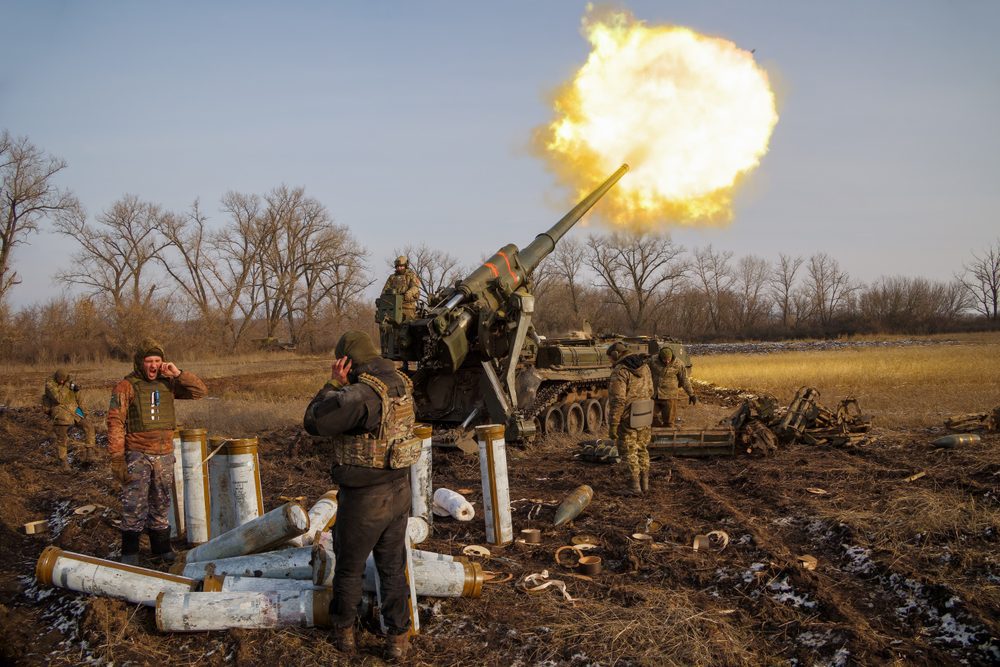Executive Summary
The Story So Far
Why This Matters
Who Thinks What?
European Union officials are currently discussing an innovative financial mechanism to support Ukraine, proposing a “reparation loan” derived from frozen Russian central bank assets. This initiative aims to provide critical funding for Ukraine’s recovery and reconstruction, while strategically designed to bypass potential vetoes from member states such as Hungary, a nation known for its Moscow-friendly stance.
Proposed Loan Mechanism
The proposed loan would be based on the cash balances of frozen Russian central bank assets, distinguishing it from an outright seizure of these assets. This approach is intended to navigate complex legal frameworks and mitigate political objections that could arise from a direct confiscation.
Under this scheme, Ukraine would only be obligated to repay the loan after it has received compensation from Russia for war-related damages. This condition underscores the long-term goal of holding Russia accountable for the financial costs of the conflict.
Addressing Potential Vetoes
To ensure the initiative can proceed even if a member state objects, discussions include the establishment of a new mechanism. This could potentially involve a coalition of willing EU governments proceeding without full unanimity, particularly if Hungary chooses not to participate.
Officials believe that such a structure would minimize the financial impact on other participating EU countries if a single member were to opt out. This flexibility is considered essential for the operational viability of the loan.
Financial Structure and Benefits
The loan’s financial architecture would involve replacing the frozen Russian assets with zero-coupon bonds. These bonds would be guaranteed by the EU countries participating in the scheme, providing a secure backing for the funds directed to Ukraine.
This structure is anticipated by officials to offer greater investment flexibility and potentially higher returns on the underlying assets. The objective is to maximize the utility of the frozen assets to benefit Ukraine without directly engaging in their seizure.
Outlook
The EU’s consideration of a reparation loan for Ukraine, leveraging frozen Russian assets through an innovative financial design, highlights the bloc’s determined efforts to provide substantial support to Kyiv. This approach seeks to overcome internal political challenges and legal complexities, reflecting a strategic adaptation to ongoing geopolitical realities.








